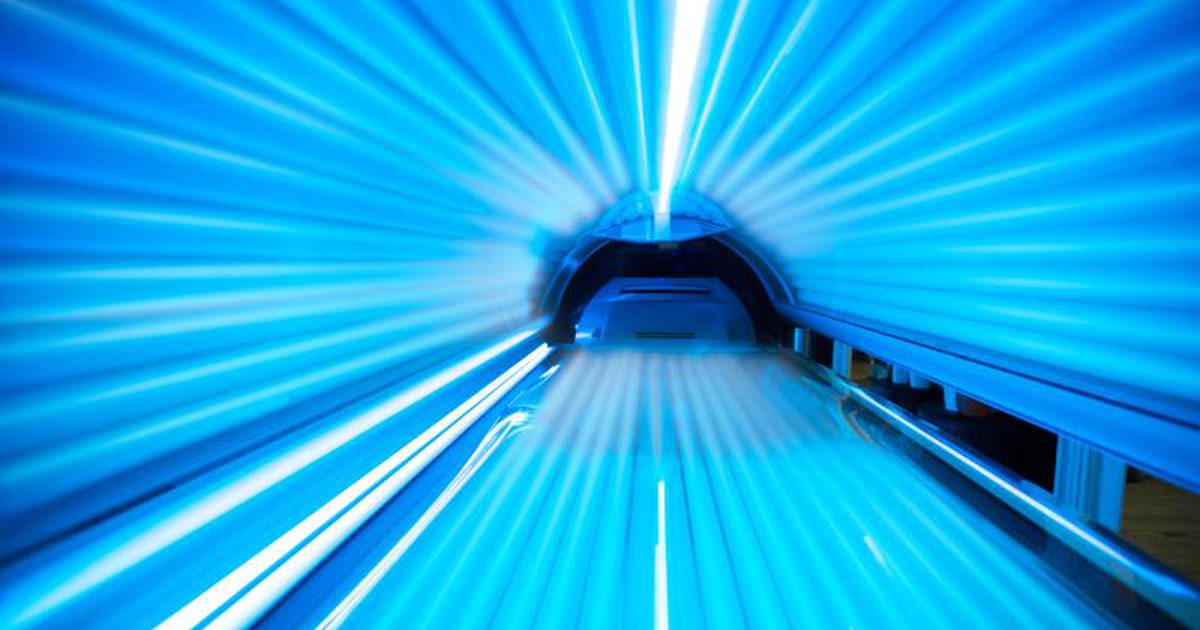Proactive Methods For Treating Nummular Dermatitis
Nummular dermatitis, which is also known as nummular eczema and discoid eczema, is a skin condition resulting in the formation of coin or oval-shaped sores and rashes. The sores may be itchy, and some of them may release clear fluid. Some patients may experience pain from the sores, and the sores often form scabs. There can be a single patch of nummular eczema, but most patients have many patches across their skin. Nummular eczema often develops after a skin injury such as a burn, insect bite, or abrasion. The condition is considered chronic and may take months to resolve, and some patients may have multiple episodes throughout their lives.
The sores and rashes characteristic of the ailment are most commonly found on the arms and legs. To diagnose the condition, dermatologists will inspect the sores or rashes and ask the patient about symptoms, and occasionally, a biopsy of the area may be taken to confirm the diagnosis. The steps outlined below are commonly recommended for the treatment of nummular eczema.
Protect Skin From Injury

Since patches of nummular eczema often occur after burns, bug bites, and other trauma, patients should take extra precautions to protect skin from injury. A skin injury may lead to the development of new eczema patches or make existing ones more severe. For sufficient protection, patients should wear gloves when gardening to protect from insect bites, and they may also wish to wear long sleeves and long pants when outdoors for hiking or extended periods. Patients should avoid wearing clothing that is too tight, and they should also wear sunscreen to prevent sunburn. In the kitchen, patients should use oven mitts when handling hot food. Covering eczema patches with moist bandages can provide increased protection and promote healing.
Keep Skin Hydrated

Eczema often causes scaling and dehydrated skin, and these can be irritating and painful. Doctors recommend patients keep skin hydrated to reduce pain and itching. For maximum hydration, it is suggested patients take lukewarm baths or showers of no more than twenty minutes. Within three minutes of finishing a bath or shower, patients should apply a moisturizer to their skin while it is still damp. This helps the moisturizer penetrate the deeper layers of skin and work more effectively.
Where possible, an organic moisturizer free of parabens and sulfates should be chosen, as these chemicals can dry out the skin. In addition to or in place of moisturizer, some patients may wish to use body oil. Some oils can irritate the skin, and dermatologists can recommend non-irritating varieties. If desired, oils can be used in bath water too. Harsh soaps should be avoided as well, as they can increase dryness.
Corticosteroid Ointment

Corticosteroid ointment helps reduce the inflammation that arises from eczema. It can also reduce swelling, redness, and itching. Both over-the-counter and prescription versions of corticosteroid creams are available, and most patients with nummular eczema will need the prescription-strength versions for adequate relief. Due to the side effects, such as skin thinning and stretch marks, corticosteroids should not be used continually for more than four weeks. After four weeks, steroid creams should only be used twice a week. In patients for whom steroids are not appropriate, other non-corticosteroid creams can be recommended.
These commonly include topical calcineurin inhibitors such as tacrolimus and pimecrolimus. At other times, coal-tar ointments may be recommended. These creams are available over-the-counter and are made from byproducts of coal production. They work by softening the top skin layer so that scabs can be removed, and they help the skin hold moisture. The creams also slow down the rate of skin cell growth.
Oral Antibiotics

Oral antibiotics may be needed if a nummular eczema patient has a bacterial infection on their skin. To avoid overusing antibiotics, doctors try to only recommend them when there are clear indications of an active skin infection. Such signs include pus and warmth at the affected area, scabs that are the color of honey, and a fever. Common antibiotics include amoxicillin, penicillin, and erythromycin, and these are typically taken for one to two weeks. Potential side effects of antibiotics include stomach pain, nausea, vomiting, diarrhea, headache, rash, and swelling of the tongue.
Dermatologists may choose to provide antibiotic ointments instead of oral antibiotics to reduce the likelihood of side effects. Oral antihistamines may be recommended in moderate to severe nummular eczema cases to reduce itching and aid sleep. In the most severe cases of this condition, oral or injectable corticosteroids may be used to provide systemic relief from symptoms. These are only used when other conservative treatments have been unsuccessful.
Phototherapy

Phototherapy, also known as light therapy, is an eczema treatment that uses ultraviolet light. The treatment can help reduce itching and swelling, calm inflammation, and help the body fight skin bacteria more effectively. Light therapy treatments for nummular eczema most commonly use narrowband ultraviolet B light. Patients are considered suitable candidates for this therapy if they have patches of nummular eczema over large areas of their body or if they have smaller areas that haven't responded to topical treatments. More than seventy percent of patients notice an improvement in their eczema after using light therapy. To use the therapy, patients undress completely (except for their underwear). They then apply oil to their skin, put on special goggles for eye protection, and stand in a cabinet with lights. The light-emitting machine is turned on for only a few seconds to a few minutes, and patients step out of the cabinet.
The intensity of the light is increased with each treatment session. In the beginning, sessions are very frequent, tapering to once or twice a week towards the end of the treatment. Patients often require one or two months of intensive treatment to begin to see an improvement in eczema with this type of therapy. For some patients, multiple cycles of light therapy are needed, and other patients may need just initial intensive treatment and regular maintenance sessions. Possible side effects of light therapy include melanoma, sunburn, aging of the skin, and potential cataracts if protective eyewear is not properly worn.
